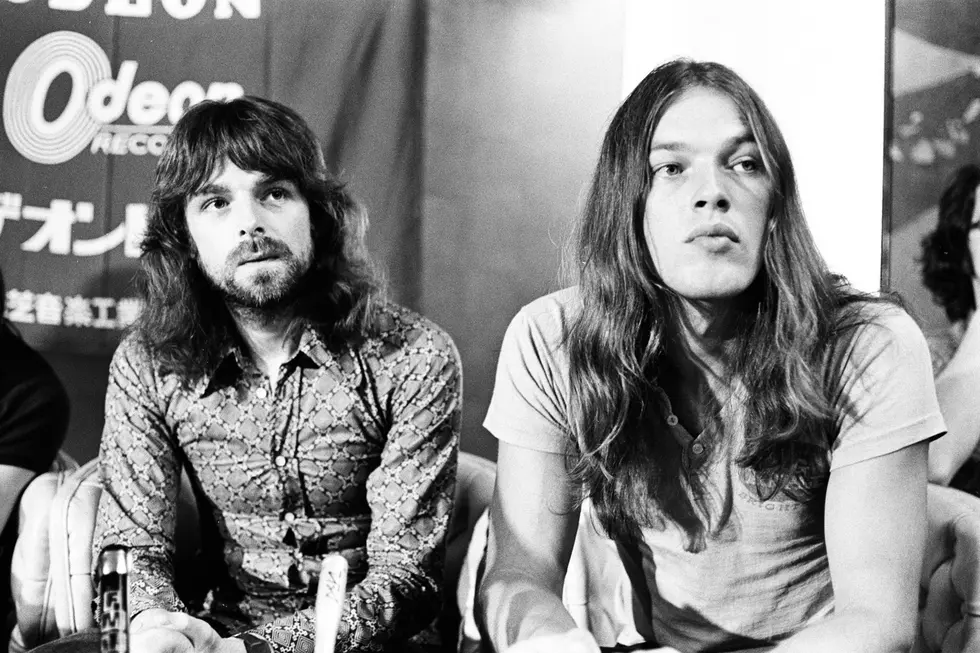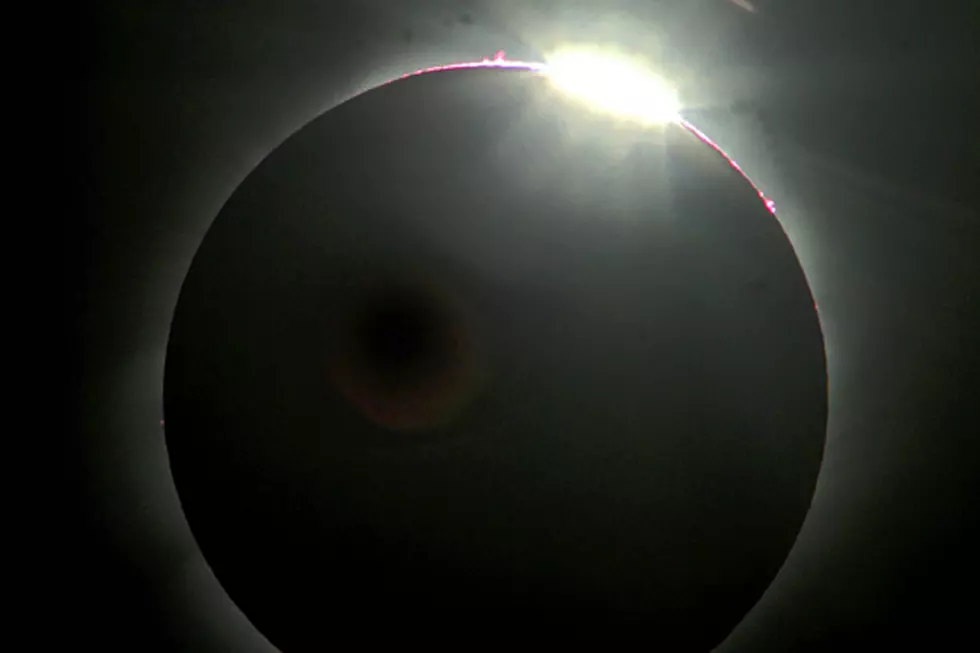
How Pink Floyd Moved On From Syd Barrett With ‘More’
For their third album, Pink Floyd were commissioned to provide the score to More, a film by Barbet Schroeder that dealt heavily with drugs. Ultimately, his movie became nothing more than a footnote, but the mesmerizing soundtrack – released on Aug. 9, 1969 – stands on its own as a true Pink Floyd album.
At this point, the group was still trying to find a new path following the departure of Syd Barrett. Pink Floyd's second album, A Saucerful of Secrets, had featured a hybrid five-man lineup that still included their erratic founding frontman. With Barrett officially gone, certain tracks on More made their path more clear.
Opening with "Cirrus Minor," the soon-to-be-signature Floyd sound swims through, following some introductory nature sounds which create a dream-like feel. That hazy state is soon harshly disrupted by what is probably Floyd's loudest and most aggressive track, "The Nile Song." As brutal and powerful as anyone else of the era, they bludgeon our ears with some fine neanderthal, proto-metal rock. This could easily be held up as one of this group's great lost songs.
"The Crying Song" settles things back to mellow mode. Written by Roger Waters, who had a hand in all the songs here, this beautiful number perfectly captures the mood of his lyric. "We cry and cry, sadness passes in a while," David Gilmour sings over a bed of acoustic guitars, vibes and minimal drums, creating an atmosphere that is more haunting than psychedelic. He'd handle all of the vocals on More.
Listen to Pink Floyd's 'Cymbaline'
"Green Is the Colour" is a pretty little ditty dressed up with piano, acoustic guitars and recorder, while "Cymbaline" is another forgotten gem. The song could have easily fit on any given Pink Floyd album up to, and including, Wish You Were Here. Gilmour's vocal gives it a timeless quality, and was covered by Hawkwind for inclusion on their 1970 debut, though it remained unreleased until the '90s. "Ibiza Bar" is cut from the same cloth as "The Nile Song," with Nick Mason thundering away on drums.
The rest of the album, including tracks like "Up the Khyber," "Party Sequence," "Quicksilver" and "Main Theme," supplies a variety of moods and styles to fit in with the film – and, though written for that purpose, stand on their own as interesting slices of Pink Floyd from this period. That helped More sail into the U.K. Top 10, though it failed to make a dent stateside, where the album finished at just No. 153 by year's end.
For some, the soundtrack work – including More, Zabriskie Point, and Obscured by Clouds – is held apart from their regular catalog. They're considered sidesteps, and are not judged as "standard" Pink Floyd albums. More, however, makes its own argument for a place in the larger scheme of things. Listen in, and you will hear a whole world of great sounds from this always-exceptional band.
Top 25 Psychedelic Rock Albums
When Alice Cooper Got Stoned with Pink Floyd
More From Ultimate Classic Rock









